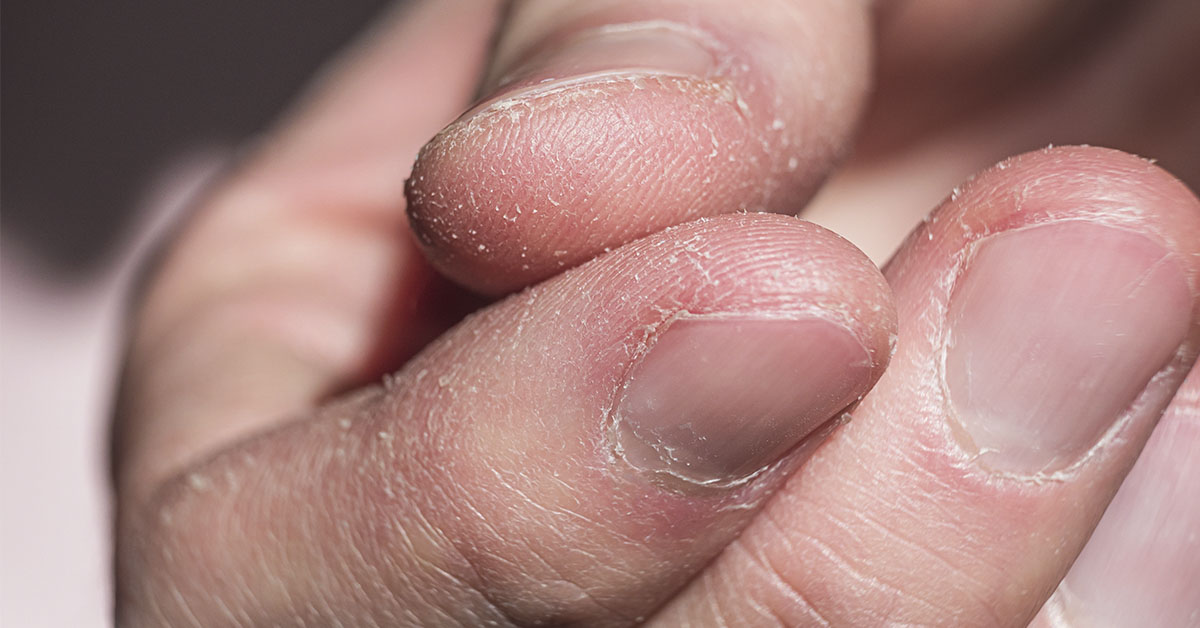Imagine waking up with hands so dry and cracked that even turning a doorknob feels painful. For many people, this is not just an occasional annoyance but a daily reality. Hand Dermatitis, also known as eczema on hands, is more than just dry skin. It is a persistent condition that can make simple tasks, such as cooking, cleaning, or even shaking someone’s hand, extremely uncomfortable. Although common, it is often misunderstood and underestimated. Managing this condition starts with recognizing what it is, identifying why it develops, and adopting strategies to keep skin healthy.
What is Hand Dermatitis?
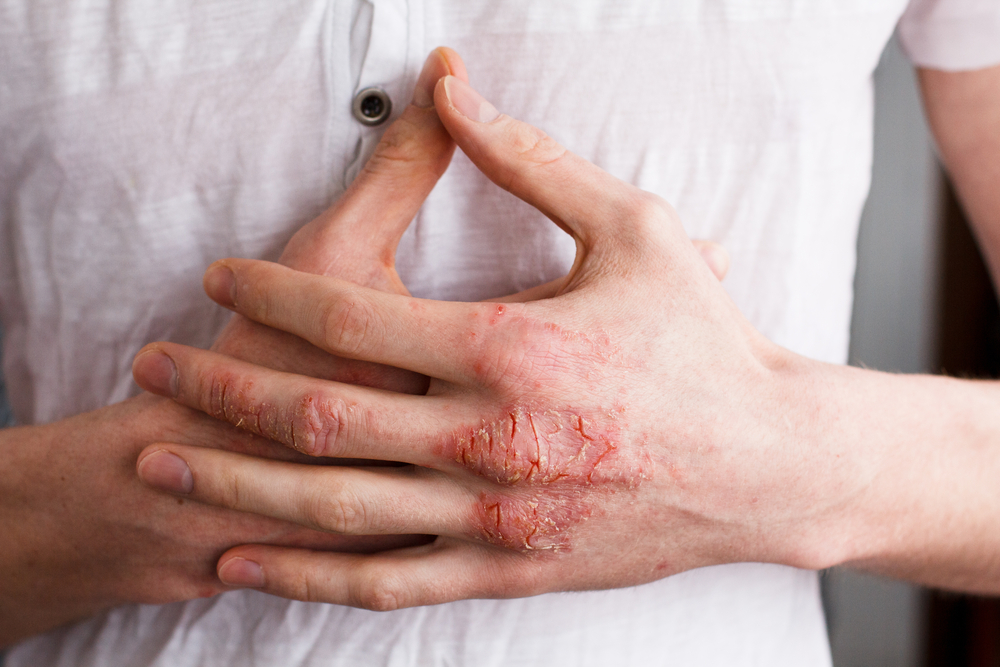
Hand Dermatitis is a chronic inflammatory skin condition that primarily affects the hands. The National Eczema Association states that it is considered one of the most common forms of eczema, affecting roughly 10 percent of people in the United States. It is characterized by redness, dryness, itching, and in some cases, painful cracks or bleeding. Unlike occasional dryness caused by cold weather, this condition is more persistent and often requires medical or targeted care. The term dermatitis means inflammation of the skin, while eczema is often used to describe the chronic and recurring forms of this inflammation. Because our hands are constantly exposed to irritants and friction, they are more vulnerable than other areas of the body. Over time, the repeated irritation can weaken the skin barrier, making flare-ups more frequent.
How It Differs from Other Skin Conditions
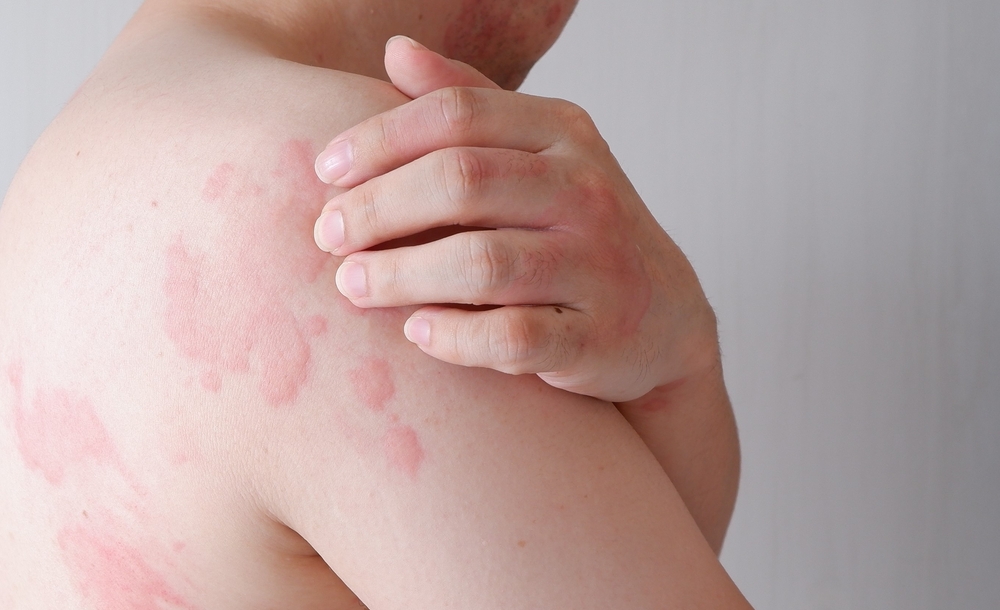
Many people mistake hand dermatitis for other common skin issues. Psoriasis, for example, can cause scaling and redness on the hands, but its plaques are thicker and more sharply defined. Fungal infections can also mimic eczema on hands, but typically involve itching between the fingers or around the nails. Contact allergies may look similar, but they often appear suddenly after touching a specific trigger like a cosmetic or cleaning product. Lichen planus can affect the hands, too, but it presents with purple bumps rather than dry, cracked patches. Because treatments vary depending on the condition, it is important to distinguish hand dermatitis from these other skin problems.
Who Is More Likely to Develop It

While anyone can develop hand dermatitis, certain groups are at higher risk. People with a history of atopic conditions such as asthma, hay fever, or childhood eczema are more likely to experience flare-ups. Women are also more frequently affected, possibly due to greater exposure to household cleaning products and wet work. Occupations that involve frequent hand washing, exposure to chemicals, or constant glove use, such as healthcare, cleaning, food service, or hairdressing, carry a particularly high risk. Genetics also plays a role, with a family history of allergies or skin sensitivity increasing susceptibility. Understanding these risk factors can help with prevention and early intervention.
Triggers and Causes
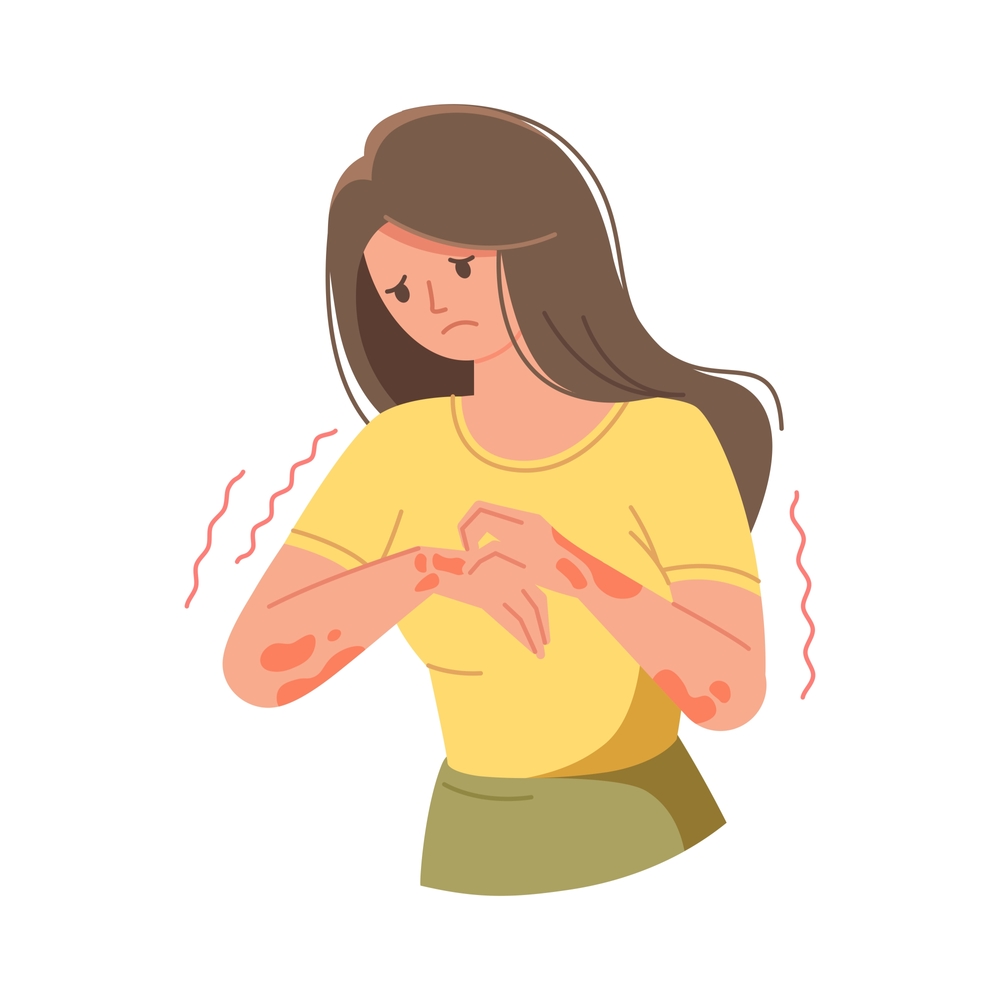
The causes of hand dermatitis are often multifactorial, involving both external and internal factors. Irritants such as soaps, detergents, disinfectants, and fragrances are some of the most common culprits. Repeated exposure to water, especially hot water, can strip the natural oils that protect the skin barrier. Environmental conditions like cold air and low humidity worsen the problem, leaving hands dry and cracked. Genetic factors, especially in people with atopic dermatitis, increase vulnerability to flare-ups. Occupational exposure, particularly in jobs requiring frequent washing or handling of chemicals, remains one of the leading causes of persistent hand dermatitis.
Recognizing the Symptoms
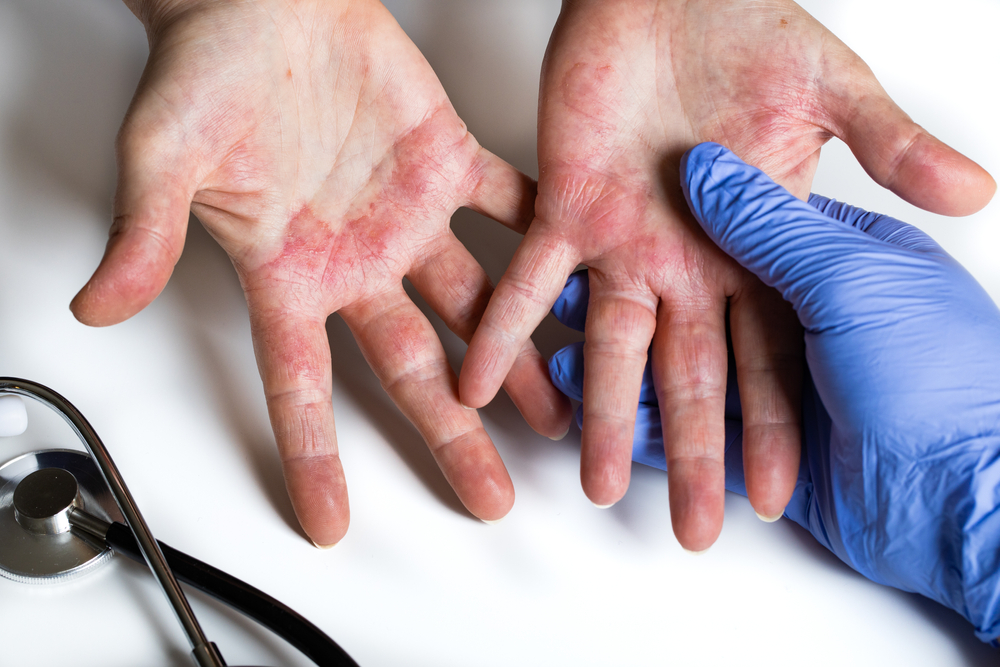
The symptoms of hand dermatitis can vary widely in severity. In mild cases, the skin may simply feel dry, itchy, and slightly red. As it worsens, painful cracks, bleeding, and thickened patches may appear, making daily tasks difficult. Blisters can sometimes form, adding discomfort and the risk of infection. Chronic hand dermatitis is defined as symptoms lasting longer than three months or recurring multiple times within a year. Patients often describe a burning or stinging sensation that can feel relentless. Because hands are constantly in motion, even small patches of irritation can feel disproportionately painful and disruptive.
Conventional Treatments
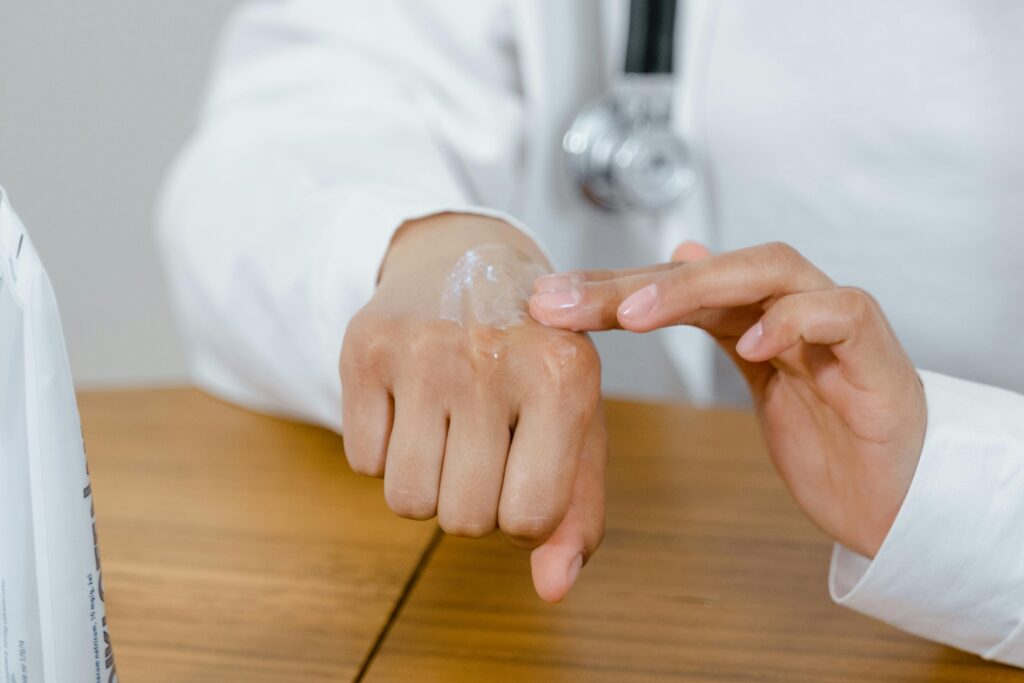
Conventional treatments play an important role in managing this condition. Over-the-counter moisturizers and emollients are often the first line of defense, helping restore the protective barrier of the skin. For flare-ups, topical corticosteroids are commonly prescribed to reduce inflammation and itching. Non-steroidal alternatives like calcineurin inhibitors can also be used, particularly for sensitive skin or long-term management. Severe or persistent cases may require oral medications or light therapy under medical supervision. Patch testing is sometimes performed to identify allergens that may be contributing to ongoing flare-ups. These medical strategies focus on reducing inflammation, repairing the skin, and preventing recurrences.
Prevention and Lifestyle Strategies
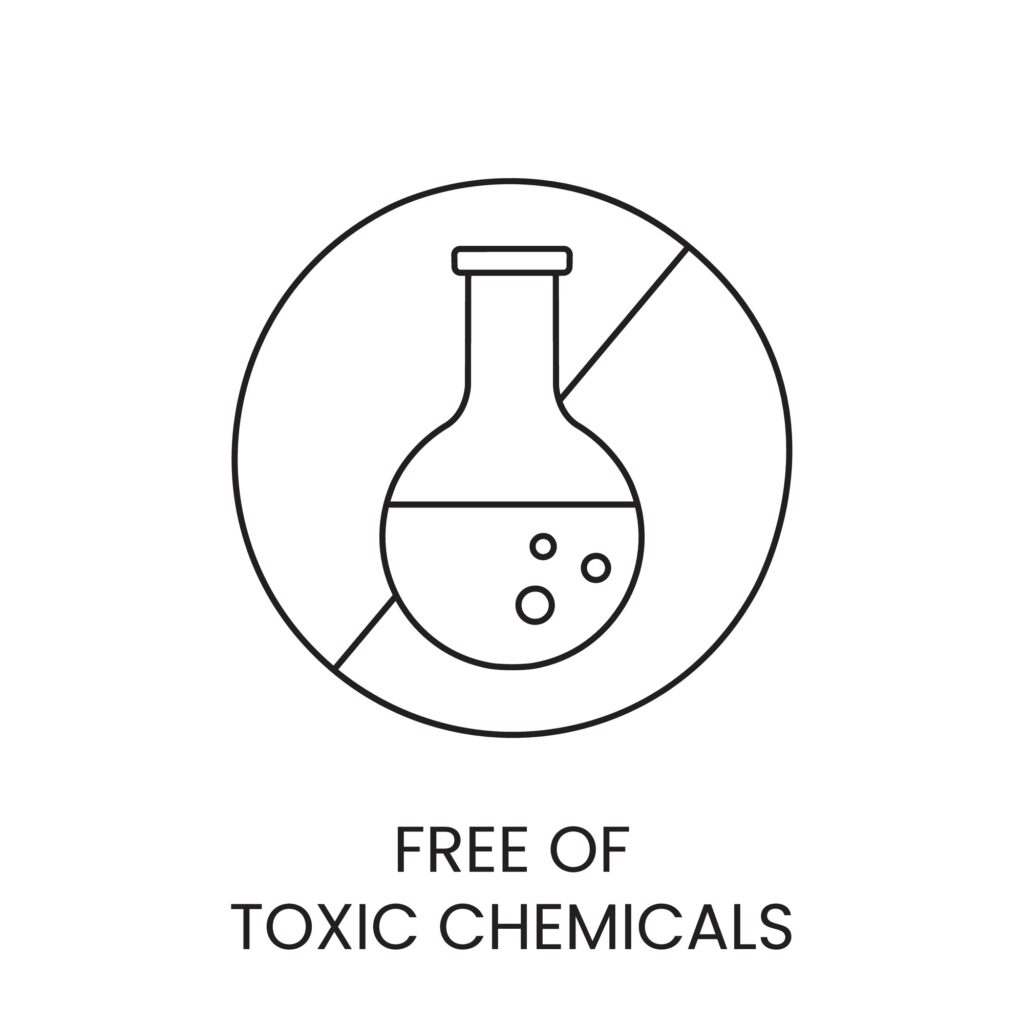
Prevention is often just as important as treatment. Avoiding triggers such as harsh soaps, strong detergents, and fragranced products can significantly reduce flare-ups. Using gentle cleansers and applying moisturizers multiple times a day helps maintain skin resilience. Protective gloves are recommended for cleaning and other tasks involving chemicals or water, but they should not be worn excessively, since sweat trapped inside can worsen irritation. Simple changes like patting hands dry instead of rubbing them can also help preserve the skin barrier. Consistency in these habits can make the difference between occasional flare-ups and chronic discomfort.
Natural Remedies and Supportive Care

Alongside conventional treatments, natural remedies can provide comfort and support. Moisturizers containing natural ingredients like coconut oil, shea butter, or aloe vera help replenish moisture and soothe irritation. Oatmeal baths or compresses can reduce itching and calm inflamed skin. While diet alone cannot cure eczema on hands, eating a balanced diet rich in anti-inflammatory foods may improve overall skin health. Stress is also a well-known trigger, so incorporating stress management techniques like deep breathing, meditation, or yoga may reduce flare-up frequency. These natural strategies are not replacements for medical care but can complement a broader treatment plan.
When to Seek Medical Advice

Although some cases can be managed at home, medical advice is essential when symptoms become severe or persistent. Warning signs include pain, bleeding, frequent infections, or symptoms that do not improve with moisturizers and basic care. If hand dermatitis lasts longer than three months or keeps returning, it is considered chronic and requires medical evaluation. Dermatologists can provide tailored treatment plans and identify underlying triggers that may not be obvious. Early intervention can prevent complications such as permanent thickening of the skin or deep fissures. Seeking professional help ensures faster recovery and prevents long-term damage.
Protecting Your Hands for the Long Term
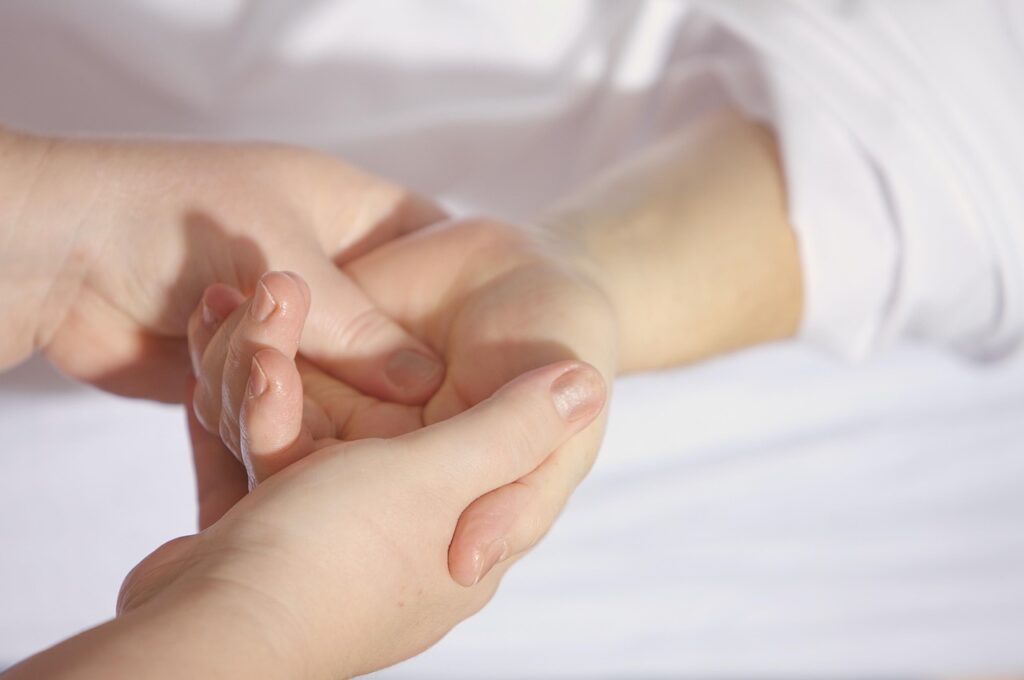
Living with hand dermatitis is challenging, but it shouldn’t control your life or your comfort.. By understanding the causes, avoiding triggers, and combining conventional treatments with supportive care, most people can find significant relief. Small, consistent changes in daily routines can strengthen the skin barrier and reduce flare-ups. Natural remedies and stress management offer additional support, while medical treatments provide proven solutions for severe cases. The key lies in being proactive, paying attention to the signals your skin gives you, and taking steps to protect your hands before symptoms escalate. With patience and persistence, healthier hands are within reach.
Disclaimer: This information is not intended to be a substitute for professional medical advice, diagnosis or treatment and is for information only. Always seek the advice of your physician or another qualified health provider with any questions about your medical condition and/or current medication. Do not disregard professional medical advice or delay seeking advice or treatment because of something you have read here.
Read More: The Potential Dangers of Corticosteroids and Possible Alternatives
